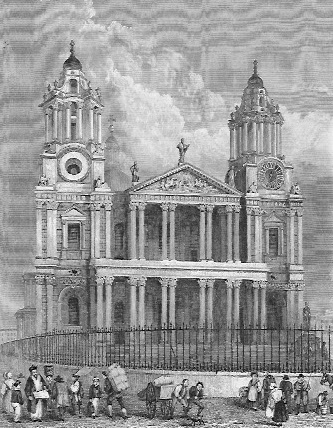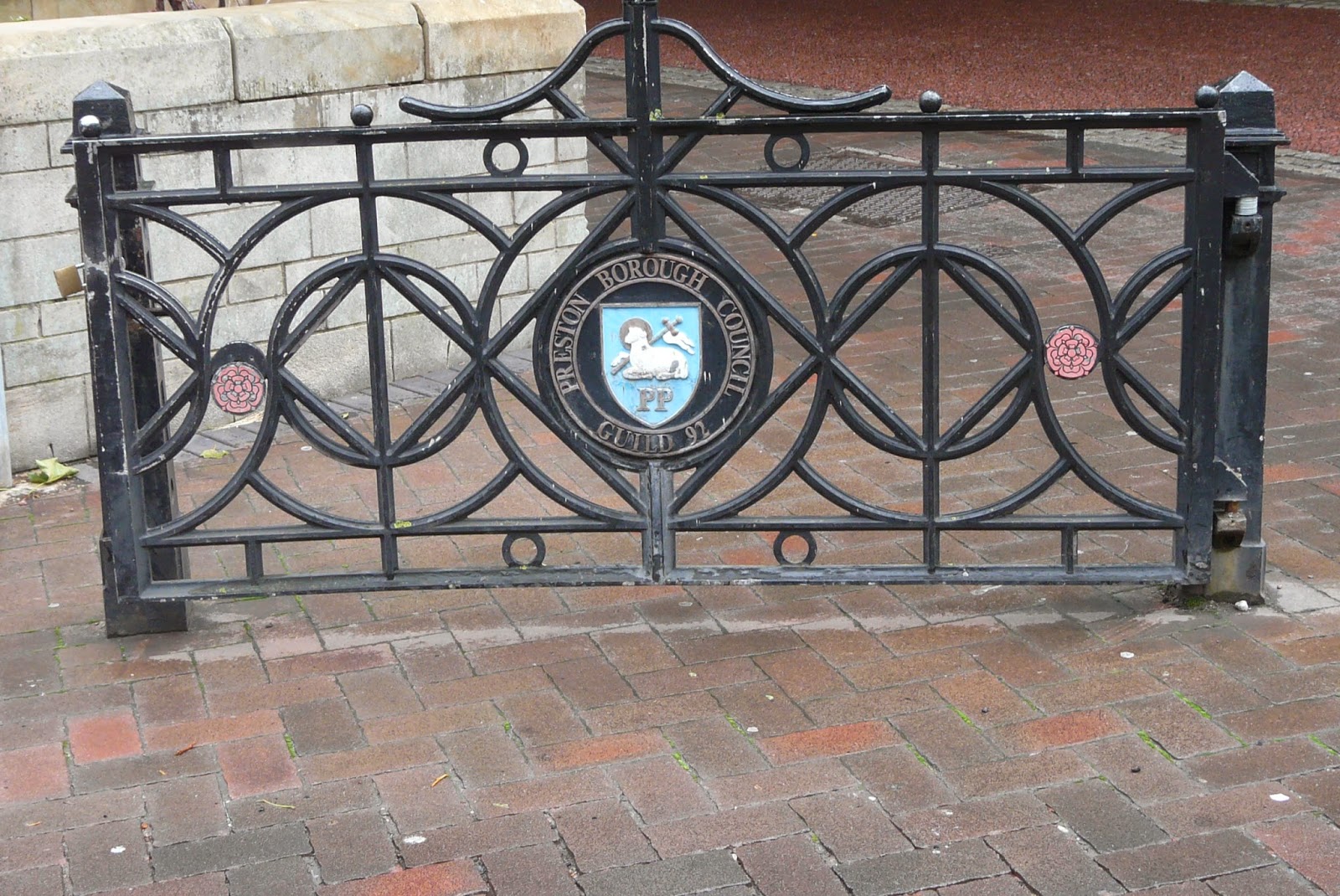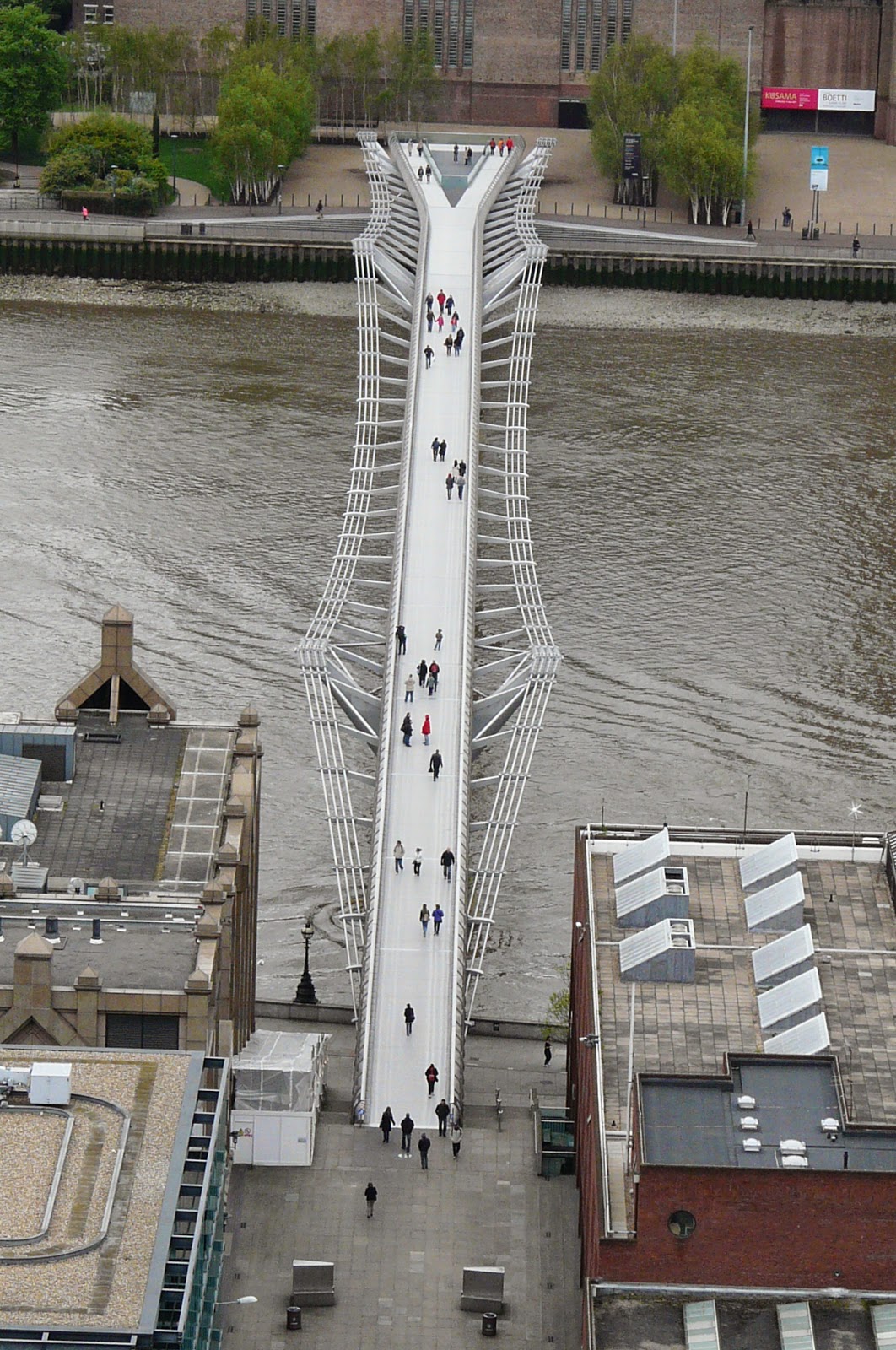This majestic Grade 1 listed building (which houses a museum,
library, art gallery, café and shop) was officially opened in 1893 as a result
of the generosity of Edmund Robert Harris who bequeathed over £300,000 to
Preston in memory of his father, Reverend Robert Harris.
His will stated: "to establish or build and endow a
convalescent hospital, or orphanage, or almshouses, or literary or scientific
institutions , or free library, or all of them, or any other charitable
institution or institution of public utility which the trustees may think fit
and proper and which may contribute to perpetuate the remembrance of my father
and his family in the town."
Today his gift of
£300,768 would equate to over £29 million. One third of the sum was allocated to the
building and furnishing of the Free Library, Museum and Art Gallery. The remainder was used to establish the
Harris Institute and the Harris Orphanage.
The “Bequest of Edmund Robert Harris” still benefits the
people of Preston today. The endowment funds are controlled, as in the past, by
12 Trustees. There are two funds, one attached to the “Harris Free Library,
Museum and Art Gallery” and the other to ”The Harris Orphanage” which is now
part of the University’s “Knowledge Park”.
The Harris Museum contains a delightful mixture of art
(including 800 + oil paintings),
ceramics, glass, and textiles. The Museum’s permanent exhibition ‘Story of
Preston’ is well worth a visit and includes curiosities ranging from a 13,500
year old Elk to a delightful model of the world’s largest cotton factory.
The internal decoration includes reminders of antiquity
including replicas of significant friezes and sculptures. Some of the original replicas have since
vanished, but there are still plenty to enjoy.
The Victorian Society lauded the Harris as "a remarkably
distinguished example of neoclassical architecture and one of the great
Victorian public buildings of the North of England."
The aim of the Harris is simple:
“We are proud guardians of our founders’ intention,
inscribed on the outside of the building which states that: ‘The mental riches
you may here acquire abide with you always.’ “
The Harris Foundation Stone
The Harris Free Library, Museum and Art Gallery was designed
by a local architect, Alderman James Hibbert. The foundation stone was laid,
with a Masonic Ceremonial by the Earl of Lathom, during the guild celebrations
of 1882.
The Earl was a second choice as The Duke of Albany was the
original celebrity of choice. The Duke fell ill so
all the souvenir medals bearing his name
had to be scrapped and replacement medals with the Earl's details quickly made.
On a rainy Tuesday, 5 September 1882, a procession left the
old Guild Hall and went through the streets of central Preston ending here at
the future building site. As the Earl
of Lathom arrived he was met by a trumpet fanfare. During the ceremony coins and an engraved
copper plate were placed on a stone before the laying of the foundation stone
on top. There is some uncertainty about
where this is located, but seems probable it is in the north west corner of the
site where the market place and Harris Street meet.
A ceremonial opening of the completed Harris took place, by
Lord Derby, in October 1893, but no part of the building was open to the public
until the 1st January 1894 when the Lending Library, Newsroom and Reading Room
opened. The Reference Library, Picture and Sculpture galleries opened on the 1st
January 1896.




























.jpg)

.jpg)
.jpg)


























